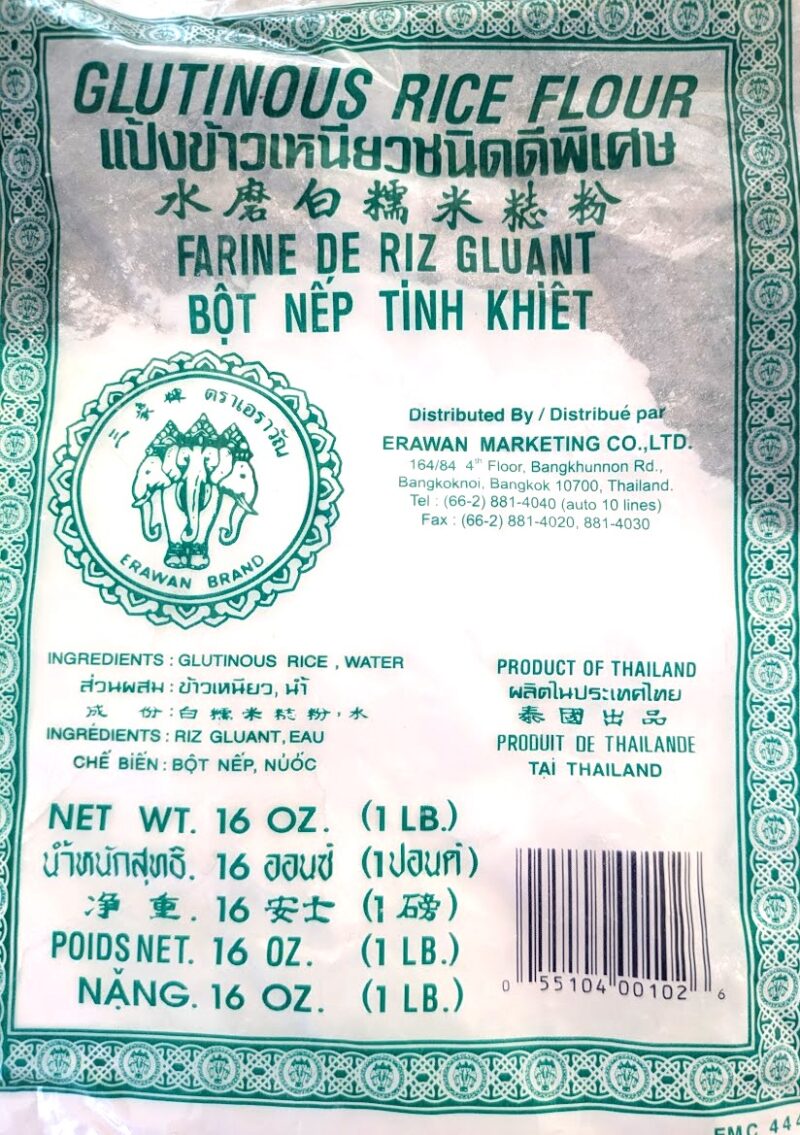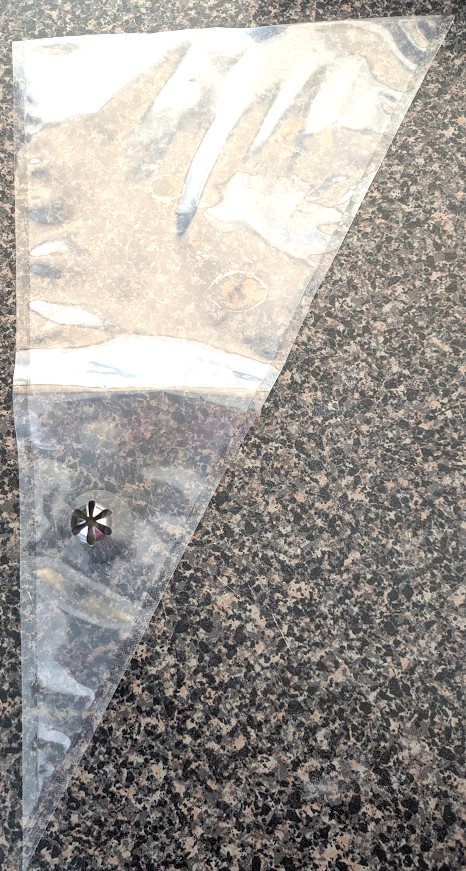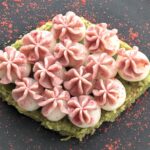What’s Hishimochi ?
Hishimochi is a traditional Japanese sweet that is especially associated with Hinamatsuri, also known as Girls’ Day or Doll’s Festival, which is celebrated on March 3rd. This festival is dedicated to the health and happiness of young girls.
Hishimochi is a diamond-shaped rice cake that typically comes in three layers of different colors: pink, white, and green. Each color has a special meaning:
- Pink (or red) symbolizes protection from evil spirits and represents the blooming of peach flowers.
- White stands for purity and the snow that melts away to reveal new life.
- Green represents health and the new growth of plants in spring
These colors are stacked in a specific order to represent the transition from winter to spring: green at the bottom, white in the middle, and pink on top
Hishimochi is not only a beautiful decoration but also a delicious treat that can be enjoyed during the festival. It’s a wonderful way to celebrate the arrival of spring and wish for the well-being of girls.
What’s Matcha?
Matcha is a type of green tea that comes in a powdered form. It’s made from specially grown and processed green tea leaves. Unlike regular green tea, where you steep the leaves in water and then discard them, with matcha, you consume the whole leaf, which means you get more nutrients and benefits.
Here are some key benefits of matcha:
- Rich in Antioxidants: Matcha is packed with antioxidants, particularly a type called catechins. These help protect your cells from damage and can reduce the risk of chronic diseases.
- Boosts Metabolism: Matcha can help increase your metabolism and aid in burning calories. This makes it a popular choice for those looking to manage their weight.
- Enhances Calm and Focus: Matcha contains an amino acid called L-theanine, which promotes relaxation and helps improve focus and concentration. It’s often used by people who want to stay alert but calm.
- Supports Immune System: The catechins in matcha have antibacterial and antiviral properties, which can help boost your immune system and protect against infections.
- Detoxifies the Body: Matcha is rich in chlorophyll, which helps detoxify the body by removing heavy metals and harmful chemicals.
- Improves Skin Health: The vitamins and antioxidants in matcha can help improve your skin’s health, making it look more youthful and radiant.
- Provides Sustained Energy: Unlike coffee, which can give you a quick spike in energy followed by a crash, matcha provides a more sustained energy boost thanks to its combination of caffeine and L-theanine.
Matcha is not only healthy but also versatile. You can enjoy it as a traditional tea, in lattes, smoothies, or even in baked goods.
Reference photos to help with buying ingredients

Glutinous rice flour(You can find at any Asian grocery store)

Strawberry powder(I purchased in Amazon)

Matcha powder(I purchased at Whole foods market)

Piping bag and Piping tip 852(You can find at any grocery store)
Hishimoch-style Dango
Equipment
- 4 Small bowl
- 1 Small pot (sauce-making size)
- Strainer
- 1 Fine mesh strainer
- 1 Piping bag and piping tip piping tips 852 is the one I use but please see note for alternate.
- Measuring spoons Table spoon and tea spoon
- Plate For decoration
Ingredients
Ingredients for Dango(Rice Dumplings)
- 60 g of glutinous rice flour Japanese name is "Mochiko"
- 4 tablespoons of water
- 2 tablespoons of sugar adjust to taste
- Ice water
Ingredients for Strawberry and Matcha Filling
- 1 can of white beans
- 1-2 teaspoons of strawberry powder if unavailable, you can crush freeze-dried strawberries or use beets for coloring. See the description for details.
- 1-2 teaspoons of matcha powder
- 4 tablespoons of sugar adjust to your preferred sweetness
Instructions
How to Make Dango
- Fill a small pot with water and bring it to a boil.
- In a bowl, mix the mochiko, water, and sugar. Knead well with your hands until the dough reaches the consistency of an earlobe.
- Divide the dough into two parts, roll each into a log, and cut each log into 8 pieces, making a total of 16 dango balls.
- Once the water in the pot is boiling, add the dango balls one by one and boil for about 5 minutes. They are done when they float to the surface.
- Prepare a bowl of ice water and transfer the cooked dango into it to cool.
- Remove the dango from the ice water and set them aside on a tray or strainer.
How to Make Matcha and Strawberry Filling
- Open the can of beans and drain the water. Place a strainer over a bowl and mash the beans with a spoon or fork to strain them.
- Stop straining when you have an equal amount of smooth bean paste and unstrained beans.
- Mix the smooth bean paste with strawberry powder until it turns a nice pink color.
- Transfer the unstrained beans to another bowl and mix with matcha powder until it turns a light green color.
- Add 2 tablespoons of sugar to each bowl (or adjust to your preferred sweetness) and mix well.
How to Shape into Hishimochi and Flower Shapes
- Place the green matcha filling in the center of a large plate and shape it into a diamond with a spoon.
- Place the dango balls on top of the matcha filling.
- Fill a piping bag with the strawberry filling and use a piping tip to pipe it into flower shapes on top of the dango.
- Finally, sprinkle strawberry powder on top to finish.





コメント